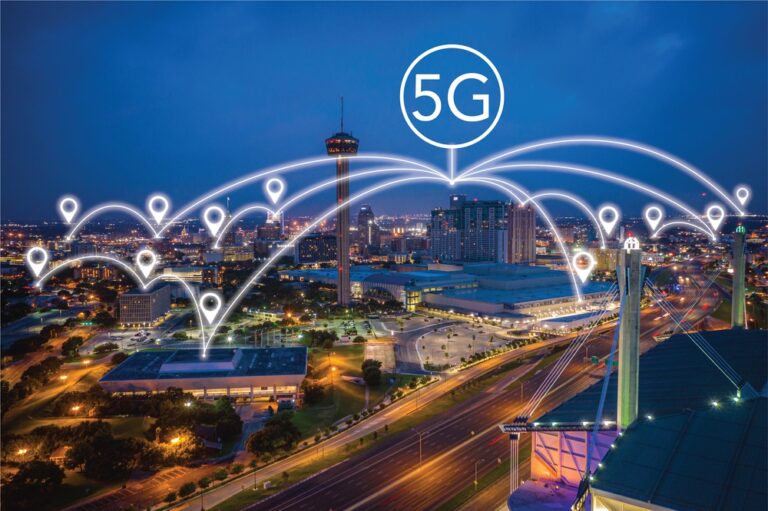
Researchers studying how the next generation of telecommunications technology will work believe that humans wearing low-cost copper coil devices could use a potential sixth generation (6G) telecommunications technology to power their personal electronic devices.
While Fifth Generation (5G) telecommunications technology is in its infancy and 6G telecommunications is likely still years away, researchers are trying to conceptualize how the next generation of telecommunications will operate. The next step in communications may be in the form of Visible Light Communication (VLC) and a recent study by the University of Massachusetts Amherst believe that humans will carry technology that can harvest waste energy from this light-based technology to power their electronics.
VLC is a concept that entails using light as the transmission medium for communications. Modern fiberoptic communications already transmit information in the form of infrared light pulsed through an optical fiber. VLC would essentially work as a wireless version of light-based communication.
Lead study author Jie Xiong, a UMass Amherst professor of information and computer sciences, explained that VLC is such a promising technology because VLC transmitters could theoretically use a light from a LED “that can turn on and off, up to one million times per second.” This could potentially allow the transmission of complex communications at the speed of light.
One side effect of this VLC technology is that it leaks energy in the form of waste radio wave signals. The UMass Amherst research team believes they can use this side effect to allow humans to recapture leaked energy that they can then use to charge small wearable devices and potentially larger electronics.
“The team experimented using different daily objects to amplify the harvested power, and discovered that the human body is one of the best materials,” the UMass Amherst researchers wrote.
The researchers found that the could create cheap wearable copper coils in the shape of rings, necklaces and bracelets that wearers could then use to capture some of this energy leaking off of VLC transmissions. The research team called these cheap copper coils Bracelet+
“The design is cheap—less than fifty cents,” the research team said. “But Bracelet+ can reach up to micro-watts, enough to support many sensors such as on-body health monitoring sensors that require little power to work owing to their low sampling frequency and long sleep-mode duration.”
0 comments :
Post a Comment